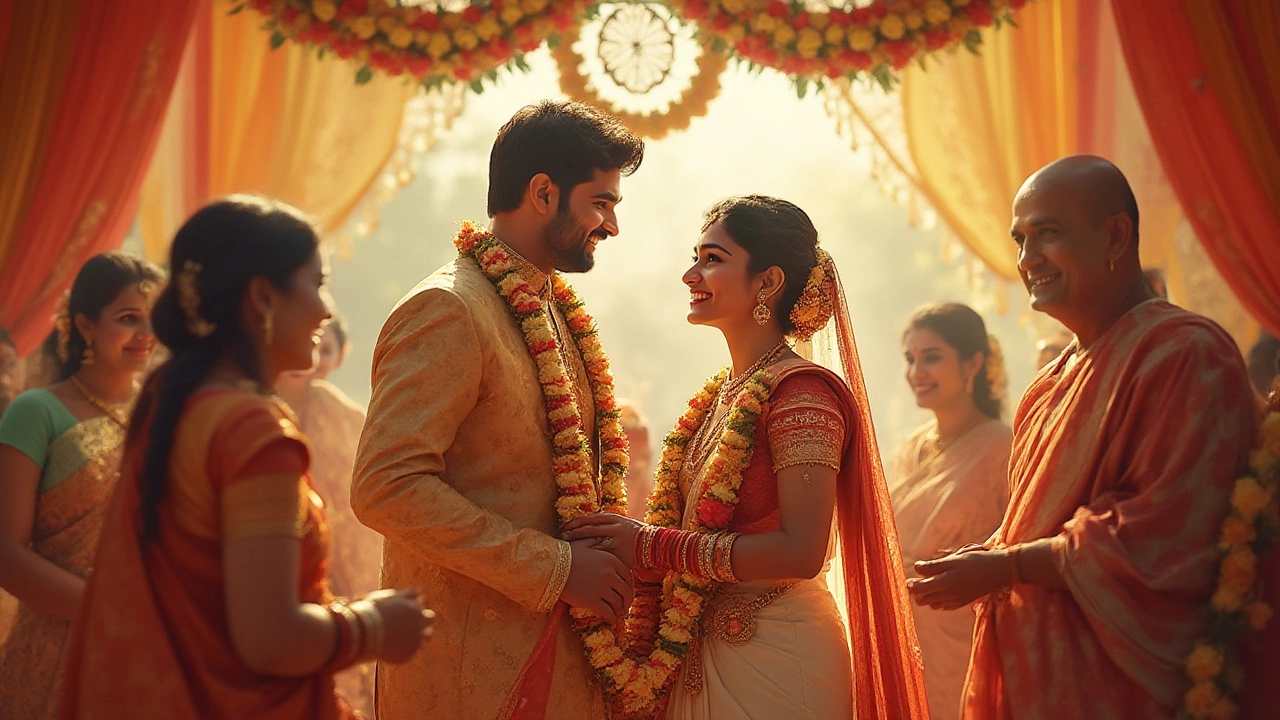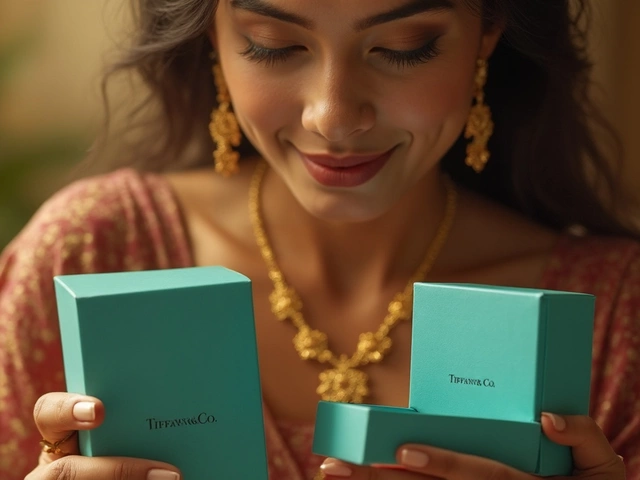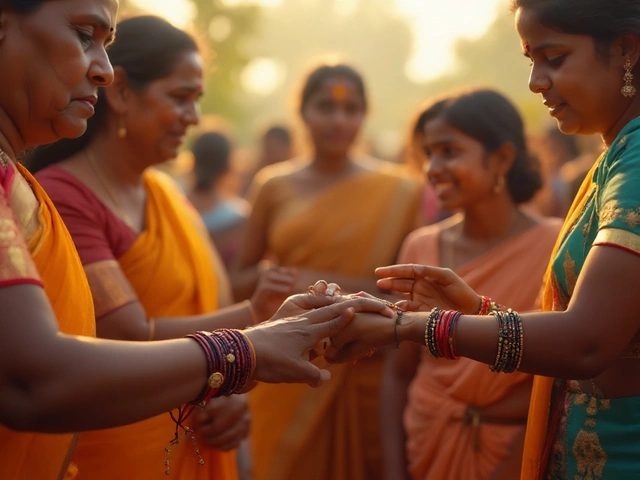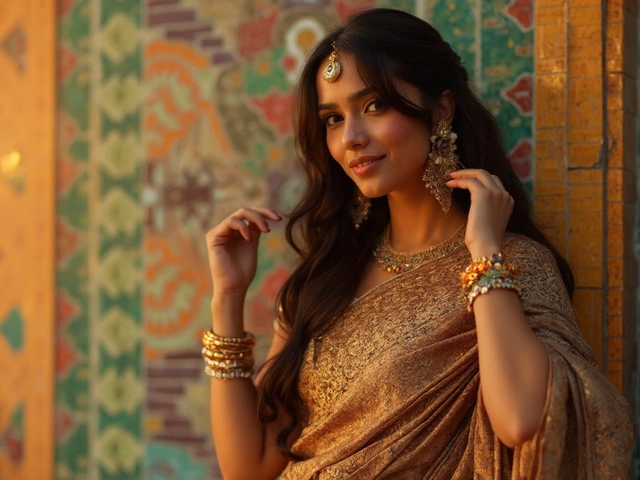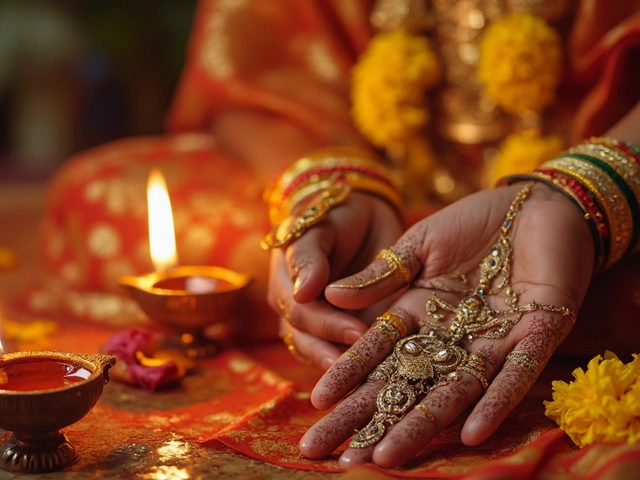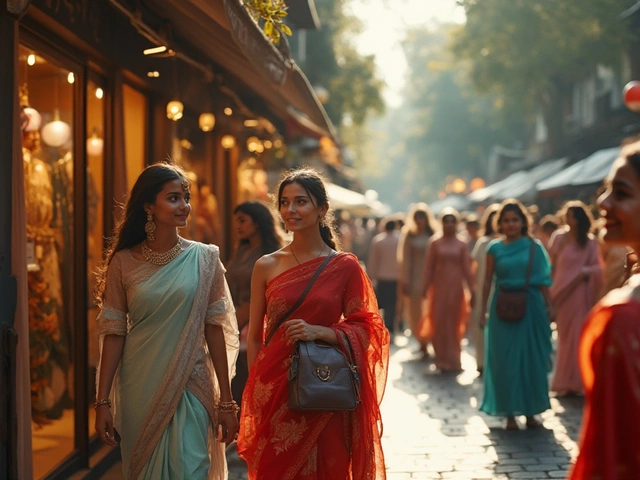Hindu Wedding Jewelry: Essentials Every Bride Should Know
If you’re planning a Hindu wedding, the jewellery you wear is more than just sparkle – it carries tradition, family pride, and personal style. From the heavy gold necklaces that have been passed down for generations to the delicate bangles that click together on your wrist, each piece tells a story. In this guide we’ll break down the key items, why they matter, and how to pick the right ones without breaking the bank.
Traditional Pieces and Their Meanings
Mangalsutra – The mangalsutra is the most recognizable piece. A gold or gold‑plated chain with a pendant (often a black bead or a tiny diamond) symbolizes the marital bond. Families usually choose a design that reflects their regional style – South Indian mangalsutras are thick and ornate, while North Indian ones are slimmer with intricate work.
Haathphool & Bangles – A set of bangles, called haathphool, is a must for most South Indian brides. Gold, sometimes mixed with enamel or stones, represents prosperity. For North Indian brides, a stack of colorful glass or lac bangles adds a festive pop. The number of bangles can be symbolic; six for good luck, twelve for wealth.
Necklaces & Matha Patti – Heavy gold necklaces, often called haar or haaram, sit over the shoulders and cover the chest. They’re typically paired with a matha patti – a forehead ornament that sits on the hair parting. Both pieces highlight the bride’s face and are chosen to match the wedding outfit, whether it’s a red saree or a bridal lehenga.
Ear Cuffs & Jhumkas – Larger ear cuffs that hug the entire ear are popular in contemporary weddings, while classic jhumkas (bell‑shaped earrings) remain timeless. Gold, white gold, or gold‑plated versions with pearls or diamonds are common choices.
Rings & Toe Rings – Beyond the mangalsutra, a simple gold wedding ring may be exchanged during the ceremony. Toe rings (bichiya) are worn on the second toe of each foot and are believed to protect the bride’s fertility.
How to Choose, Fit, and Care for Your Wedding Jewels
Start by setting a budget. Gold prices can swing, so decide how much you’re comfortable spending on each piece. Many brides blend pure gold items with gold‑plated or alloy pieces to keep costs down while still looking lavish.
Fit is crucial. Bangles should slide over your hand easily but not wobble; a good test is to roll them up and down the arm. For necklaces, try them on with your intended outfit to ensure the length works with your neckline. A quick trick: hold the necklace at the back of the neck and see if it sits just above the collarbone – that’s usually a flattering length.
Check hallmarks. In India, a BIS hallmark (the triangle‑dot‑triangle logo) guarantees gold purity. Look for “22K”, “916”, or “18K” stamps depending on the alloy you prefer.
Plan for safekeeping. Store each piece in a soft pouch inside a sturdy jewelry box, and keep a digital photo record. If you’re traveling for the ceremony, use a lockable travel case and consider a small insurance policy for high‑value items.
Cleaning is simple. Warm water with a few drops of mild dish soap, a soft brush, and a gentle rinse will keep gold shining. Avoid abrasive cleaners; they can scratch delicate work, especially on antique family pieces.
Finally, involve your family. Most Hindu families have heirloom jewellery that carries emotional value. Ask elders about the history of each item – you’ll get great conversation starters for the reception and a deeper connection to your heritage.
With these basics, you can build a bridal jewellery set that honors tradition, fits your style, and stays within budget. Now go ahead, try on those bangles, and feel the sparkle of generations on your special day.
Does the Bible Mention Mangalsutra? Exploring Christian and Hindu Marriage Symbols
Wondering if the Bible says anything about the mangalsutra? Deep dive into marriage symbols, what each means, and how Christian and Hindu traditions compare.
